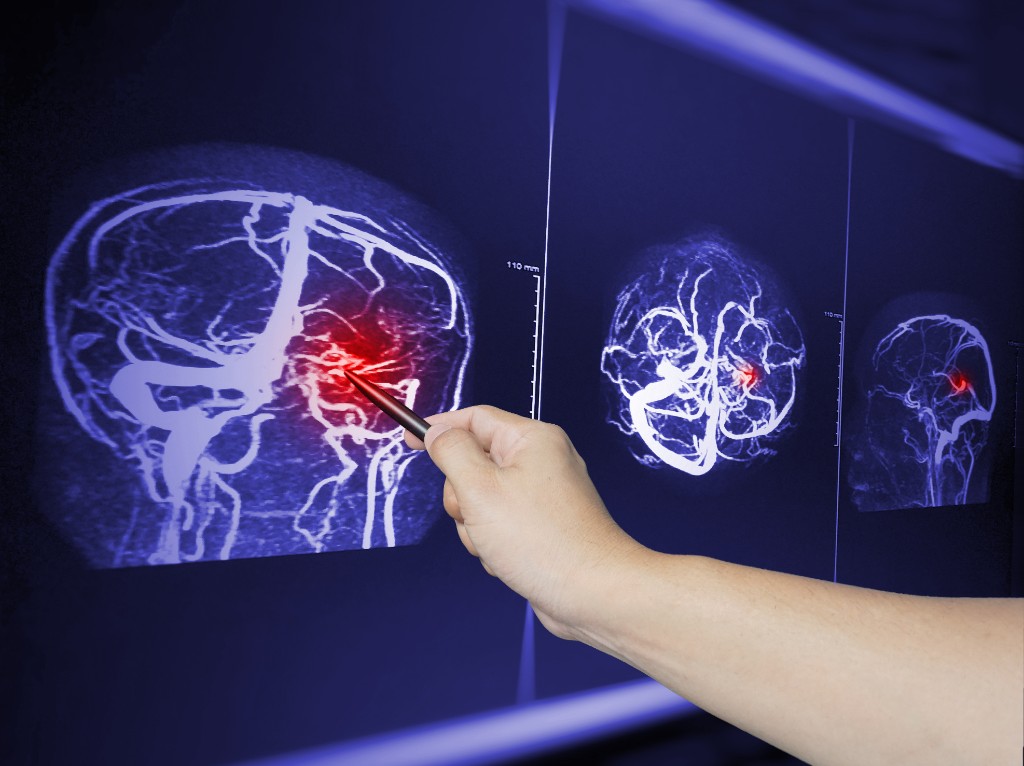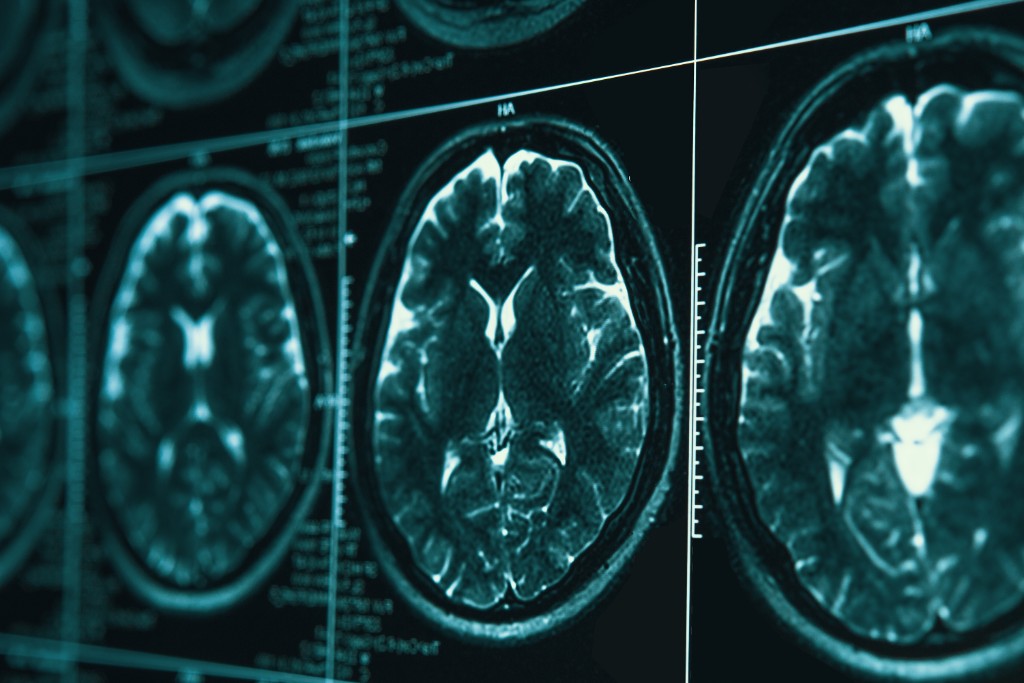July 8, 2014 | catastrophic impairment injury Claims
Factors Considered When Determining Catastrophic Impairment
Table of Contents
Regardless of their severity, the injuries sustained in a motor vehicle accident can disrupt a person’s regular routine. Certain injuries may require hospitalization, physiotherapy, rehabilitation, and other interruptions to an accident survivor’s daily life. Injured accident survivors may find themselves coping with discomfort, lingering pain, and long roads to recovery.
Unfortunately, some survivors of motor vehicle collisions sustain injuries from which they will never fully recover. These permanent, severe injuries can have profound, lasting effects on a collision survivor’s overall quality of life. People who have sustained catastrophic impairments in motor vehicle accidents could lose their abilities to continue working in their chosen occupational field and their capacities to carry out the daily activities of life independently.
Owing to the severity of catastrophic injuries and the sweeping impacts they can have on an accident victim’s overall life, people who have sustained these kinds of impairments in a motor vehicle collision may be eligible to receive higher amounts of accident benefits from their insurer than accident survivors who have sustained non-catastrophic impairments.
In order to qualify for these benefits, the accident survivor’s physician is required to complete an OCF-19 form stating that their patient’s injuries meet the threshold of catastrophic impairment. These professionals take several factors into consideration when completing their assessments which are then evaluated by the accident survivor’s insurance provider.
Criteria For Catastrophic Impairment Determinations
Medical professionals assessing the severity of a car accident survivor’s impairments rely on several criteria to make their determinations. These criteria are outlined within Ontario’s Statutory Accident Benefits Schedules (SABS) and are used by insurance providers to determine who is eligible to receive accident benefits commensurate with catastrophic impairments.
A motor vehicle collision survivor is considered to have sustained a catastrophic impairment if they meet at least one of the following criteria:
- Paraplegia or Tetraplegia
- Severe impairment of ambulatory mobility or use of an arm; or amputation
- Loss of Vision of Both Eyes
- Traumatic Brain Injury meeting the Glasgow Outcome Scale-Extended (GOS-E) criteria
- Physical Impairment or Combination of Physical Impairments (which results in 55% or more of whole person)
- Mental or Behavioural Impairment (excluding Traumatic Brain Injury) Combined with a Physical Impairment (which results in 55% or more impairment of the whole person)
- Marked impairment in three or more areas of function that precludes useful functioning; or an Extreme impairment in one or more areas of functioning due to mental or behavioural disorder
If the survivor of a motor vehicle collision meets any of the criteria above, their physician may recommend that they receive the higher amount of accident benefits available to catastrophically impaired car accident victims.
Accident Benefits Available To Catastrophically Impaired Collision Survivors
Anyone who is injured in a motor vehicle collision should be entitled to no-fault accident benefits, regardless of which party was responsible for causing the collision. However, the amount of benefits available to injured accident survivors is based on each individual’s needs. These are determined by assessing the severity of the injuries they have sustained and the effects they have had on their overall qualities of life.
The minimum amount of benefits available to accident survivors who have sustained minor or non-catastrophic injuries is substantially lower than the coverage offered to catastrophically impaired survivors of motor vehicle collisions. The available coverage included in basic auto insurance plans is as follows:
- Accident victims who sustained minor injuries might be able to receive $3,500 for medical and rehabilitation benefits
- Accident victims who sustained non-minor, non-catastrophic injuries might be able to receive $65,000 over 5 years for the combined total costs of medical, rehabilitation, and attendant care benefits.
- Accident victims who sustained catastrophic injuries can receive up to $1 million in combined medical, rehabilitation, and attendant care benefits for life.
Motorists who have purchased extra insurance coverage could be entitled to higher benefits amounts. To learn more about the coverage available through your individual insurance plan, speak to your insurance broker.
Can Insurance Companies Challenge Catastrophic Impairment Determinations?
If an insurance company disagrees with the determination made by the accident survivor’s healthcare professional, then they may request an independent medical examination (IME). They might also begin a dispute resolution process to determine the catastrophic impairment status of the claimant applying for accident benefits.
During the IME, a healthcare professional who is independent from the accident victim’s physician will assess the patient and provide a medical opinion on their condition. The results of the IME may be used to resolve the dispute between the insurance company and the individual.
If the dispute cannot be resolved through an IME, the next step is usually to proceed to the dispute resolution process through the License and Appeal Tribunal where an arbitrator will make a ruling.
An injured person bears the burden of proving that they meet the criteria for a catastrophic impairment. Insurance companies may try various tactics to challenge the determination in an attempt to reduce the amount of benefits they are required to pay the accident survivor.
Our catastrophic injury lawyers have experience fighting against the unfair tactics used by insurance providers to undermine the survivors of motor vehicle collisions and pay them less than what they are rightfully owed. If you sustained a catastrophic impairment in a motor vehicle collision and require assistance dealing with your insurance provider, do not hesitate to contact us today.
Contact Our Catastrophic Injury and Impairment Lawyers For A Free Consultation
In addition to helping our clients prove their catastrophic impairment determinations to their insurance providers, our catastrophic injury lawyers have combined decades of experience pursuing civil claims against negligent drivers whose wrongful actions led to life-altering injuries. If someone else’s misconduct behind the wheel was responsible for your collision, you may be entitled to additional compensation.
By working with our catastrophic injury lawyers, you may be able to recover both economic and non-economic damages that you have incurred (or will incur in the future) as a result of your motor vehicle collision. To learn more about the compensation to which you might be entitled and the ways in which Preszler Injury Lawyers may be able to assist you, schedule a free initial consultation with us today.
Blog Categories
More catastrophic impairment injury Topics
Here’s more information on catastrophic impairment injury related topics that we think you might find helpful.

catastrophic impairment injury
|
August 9, 2021
Defining Permanent Serious Impairment or Injuries in a Personal Injury Case
Last month in the Ontario Superior Court of Justice, the defendant in a personal injury action stemming from a car accident contested the severity of…

catastrophic impairment injury
|
March 5, 2021
The Human Cost of Traumatic Brain Injuries
Acquired brain injuries sustained through traumatic events, such as motor vehicle collisions or slip and fall accidents can have profound, devastating effects on accident victims,…

catastrophic impairment injury
|
July 3, 2014
Changes to the Definition of Catastrophic Impairment
The survivors of motor vehicle collisions can sustain a number of injuries that impact various physical and cognitive functions. These injuries can also range in…
